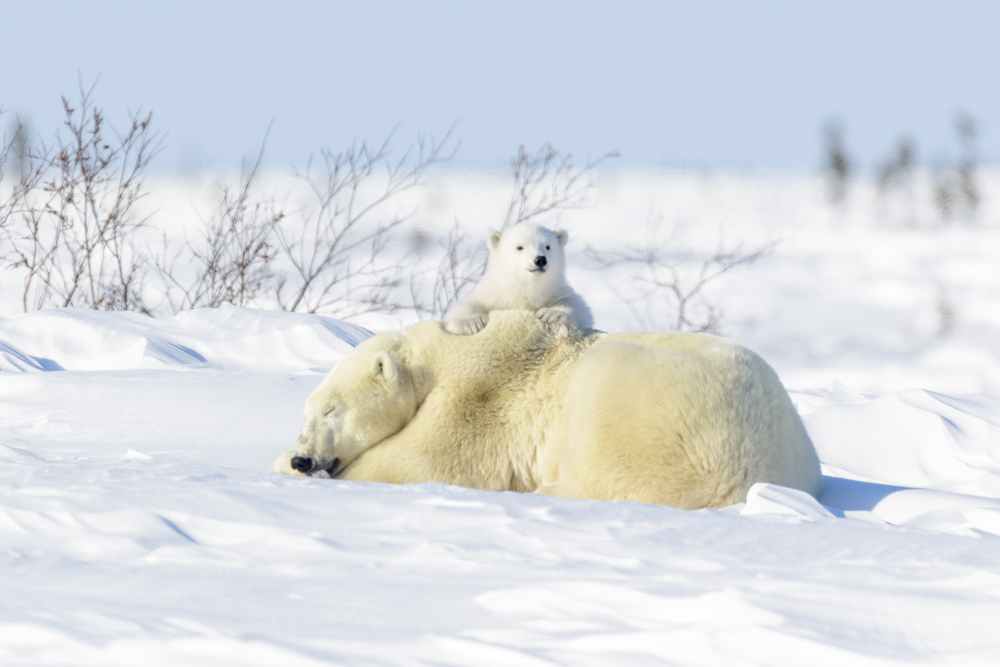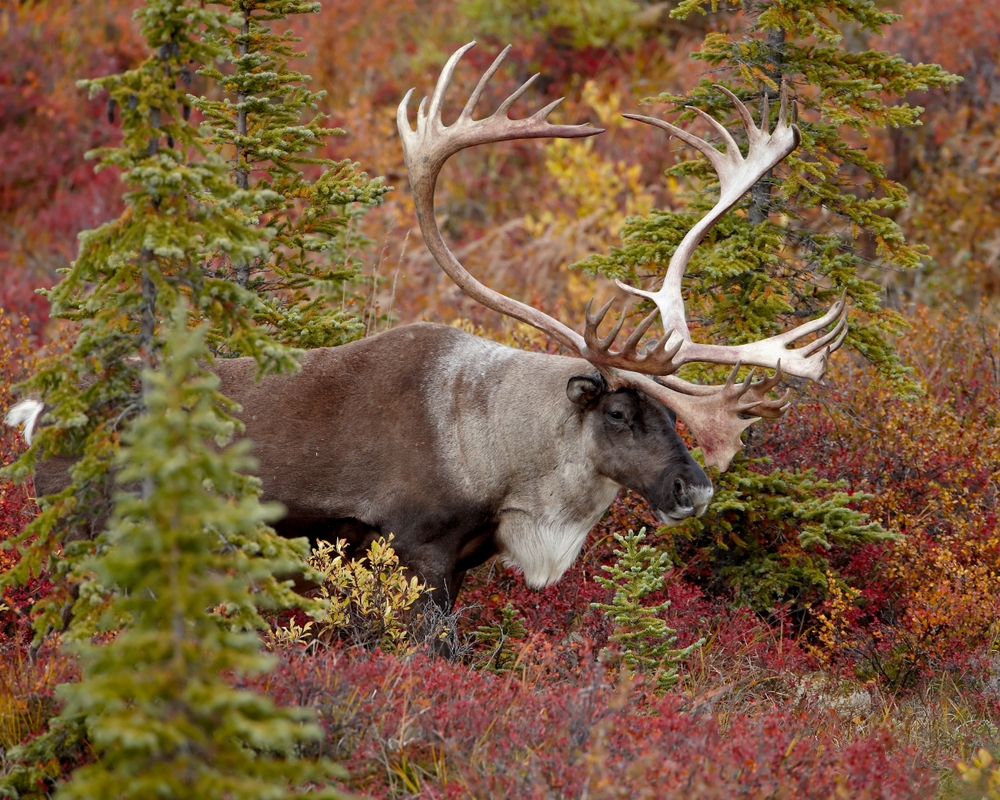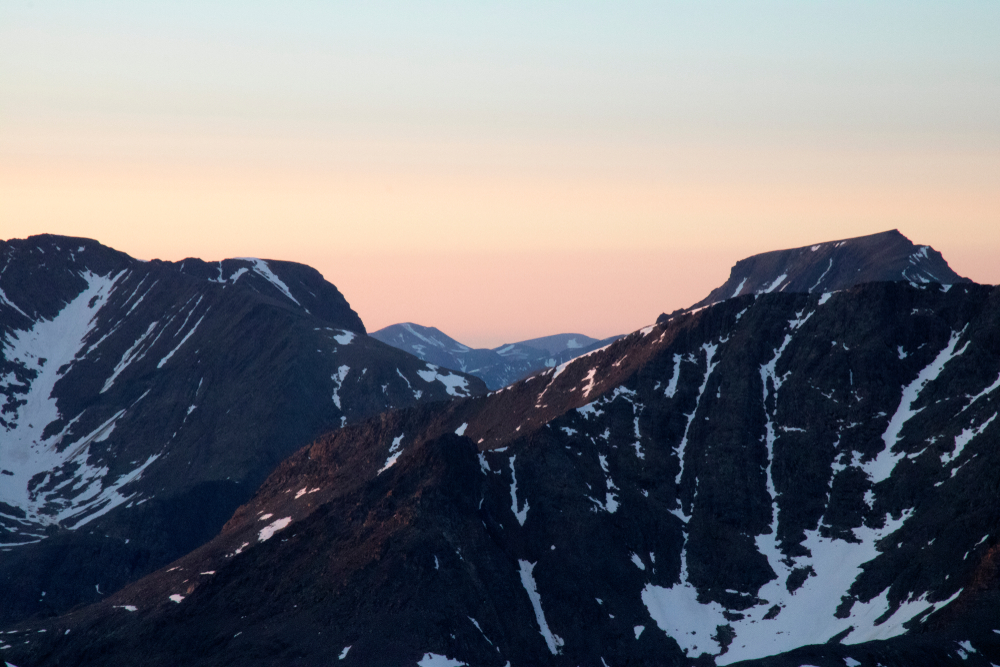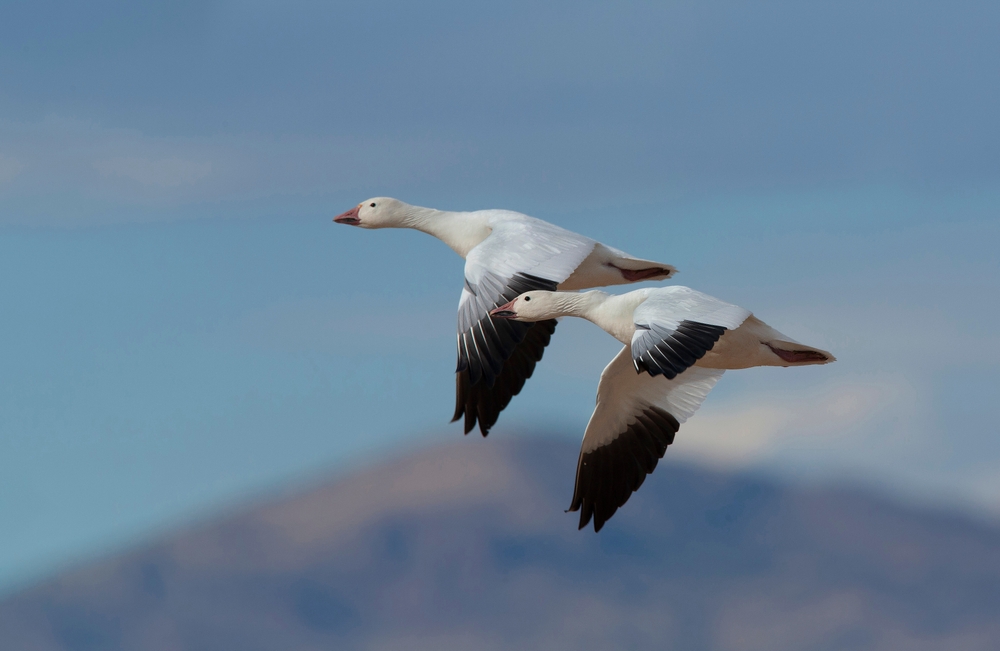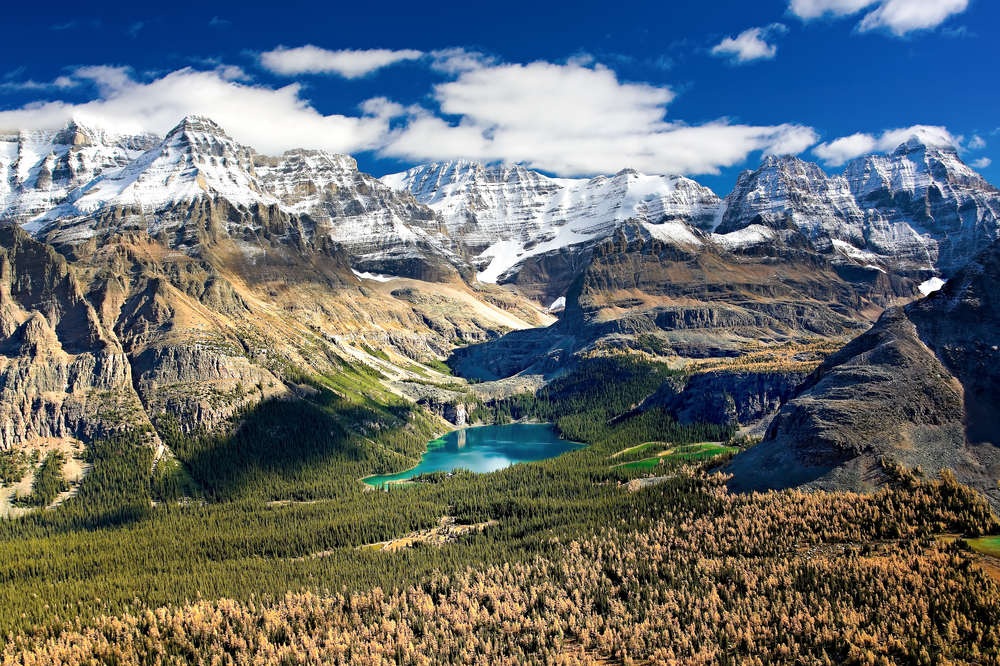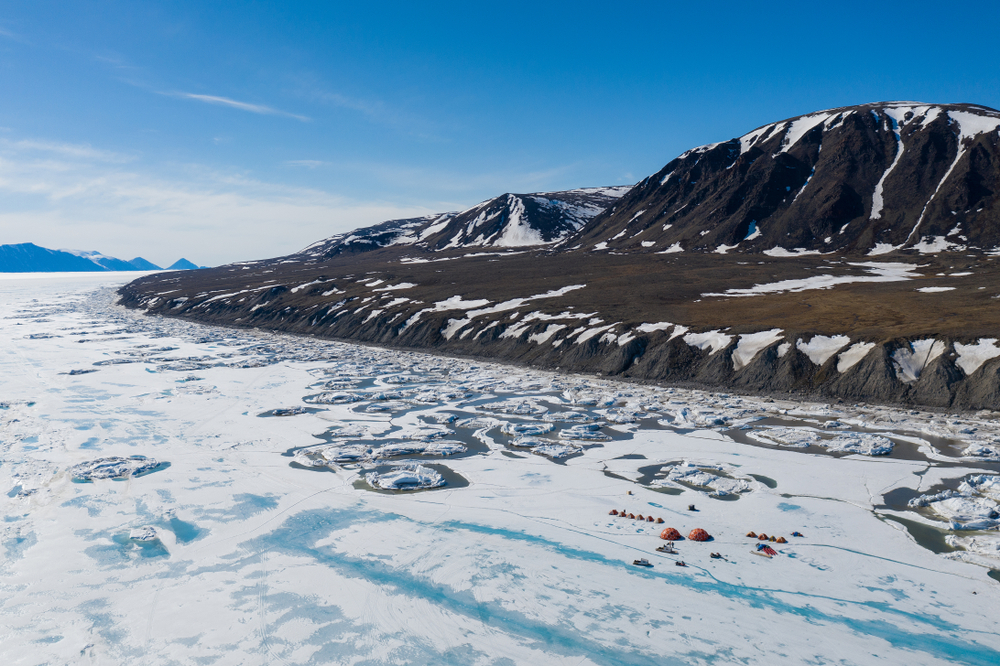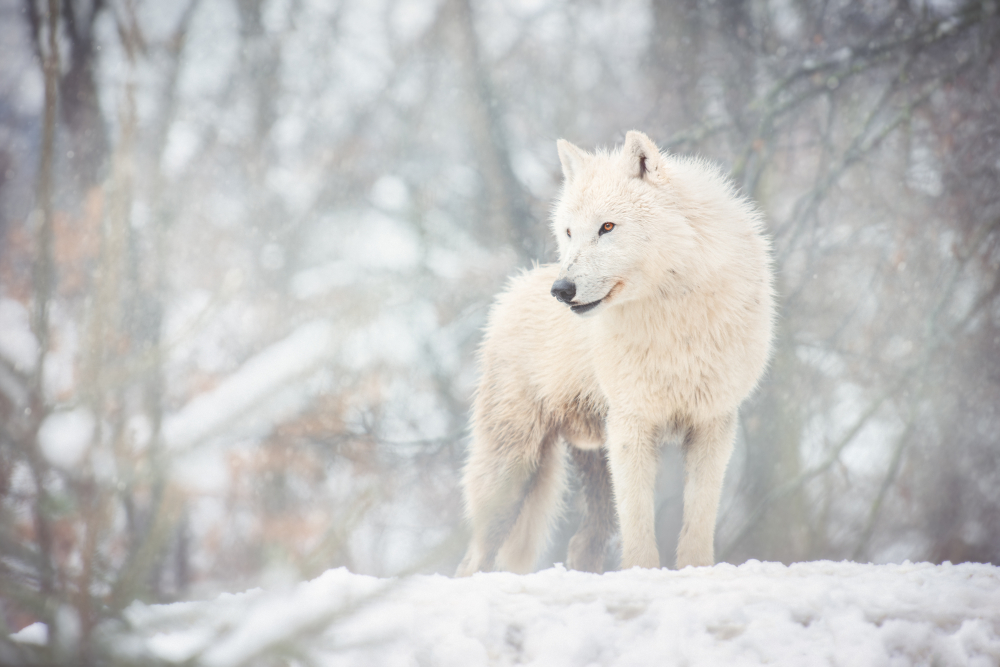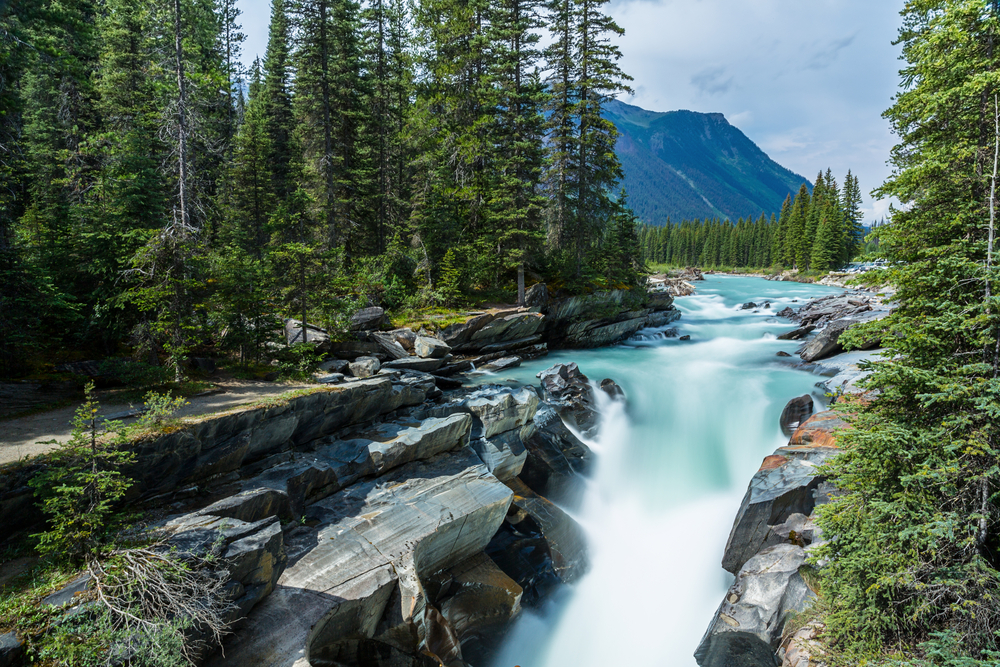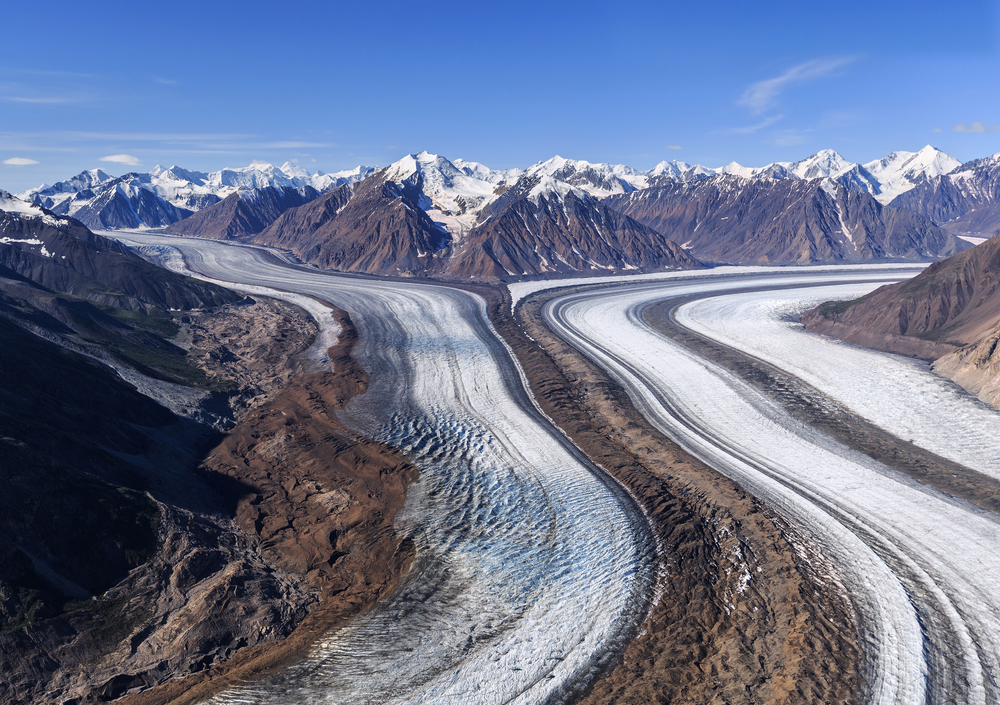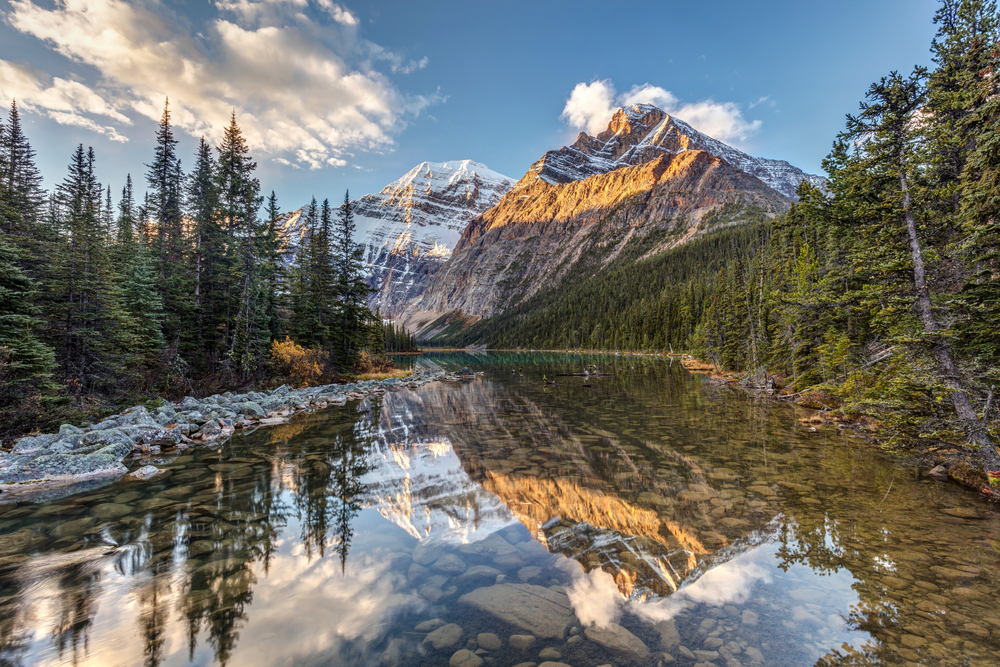Wood Buffalo Overview
Wood Buffalo National Park, known in French as Parc national Wood Buffalo, is the largest national park in Canada and one of the largest in the world. Covering an area of approximately 17,300 square miles (44,741 square kilometers), it is located in northeastern Alberta and the southern Northwest Territories.
Established in 1922 to protect the last remaining herds of wood bison, it remains one of the most significant conservation areas in North America. The park is recognized as a UNESCO World Heritage Site due to its ecological importance, including its role in preserving the largest free-roaming bison population and the only natural nesting site of the endangered whooping crane.
The terrain of Wood Buffalo National Park is diverse, encompassing vast boreal forests, expansive grasslands, and one of the world’s largest freshwater inland deltas, the Peace-Athabasca Delta. The delta, formed at the convergence of the Peace and Athabasca Rivers, is a crucial wetland habitat for migratory birds.
The park also features karst landscapes with sinkholes and underground rivers, as well as the dramatic Salt Plains, where mineral-rich groundwater leaves behind striking white salt deposits. These features provide a unique mix of ecosystems that support a rich array of flora and fauna.
Wood Buffalo is home to an impressive variety of wildlife, with its most famous resident being the wood bison, which was once on the brink of extinction. The park’s remote and protected landscapes provide a haven for thousands of these massive mammals. Other notable species include black bears, moose, lynx, and wolves.
The park is also a critical habitat for the elusive whooping crane, which nests in the wetlands and breeds in the park’s secluded areas before migrating south. Birdwatchers can also spot bald eagles, peregrine falcons, and trumpeter swans. The park’s aquatic ecosystems support beavers, muskrats, and an array of fish species, including northern pike and walleye.
One of the park’s most distinctive features is the Peace-Athabasca Delta, a globally significant wetland that serves as a key stopover for migratory birds. Visitors can explore the delta by canoe or kayak, immersing themselves in one of North America’s most important bird habitats.
The Salt Plains, with their shimmering white expanses, provide a surreal and otherworldly landscape to hike and explore. The park’s vast wilderness offers exceptional opportunities for backcountry camping, hiking, and wildlife viewing. The Dark Sky Preserve designation makes it a prime location for stargazing and witnessing the mesmerizing aurora borealis. During winter, snowshoeing and cross-country skiing offer unique ways to experience the park’s frozen landscapes.
Conservation efforts in Wood Buffalo National Park have achieved notable successes, particularly in protecting the wood bison and the whooping crane. However, the park faces ongoing environmental challenges, including water management issues that impact the Peace-Athabasca Delta, climate change effects, and industrial pressures from activities outside park boundaries.
Parks Canada and conservation groups continue to monitor and address these threats to ensure the park remains a thriving sanctuary for its diverse ecosystems. Despite these challenges, Wood Buffalo National Park remains an extraordinary destination, offering visitors a chance to experience Canada’s wild and untouched beauty while playing a critical role in global conservation.











































































